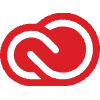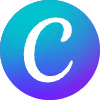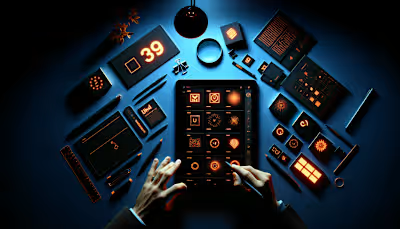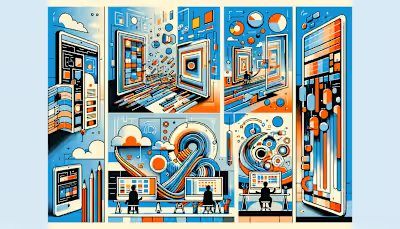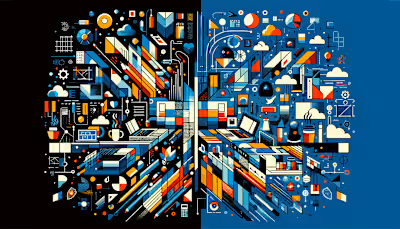Graphic Design Communities: Untapped Resources for Finding Talent
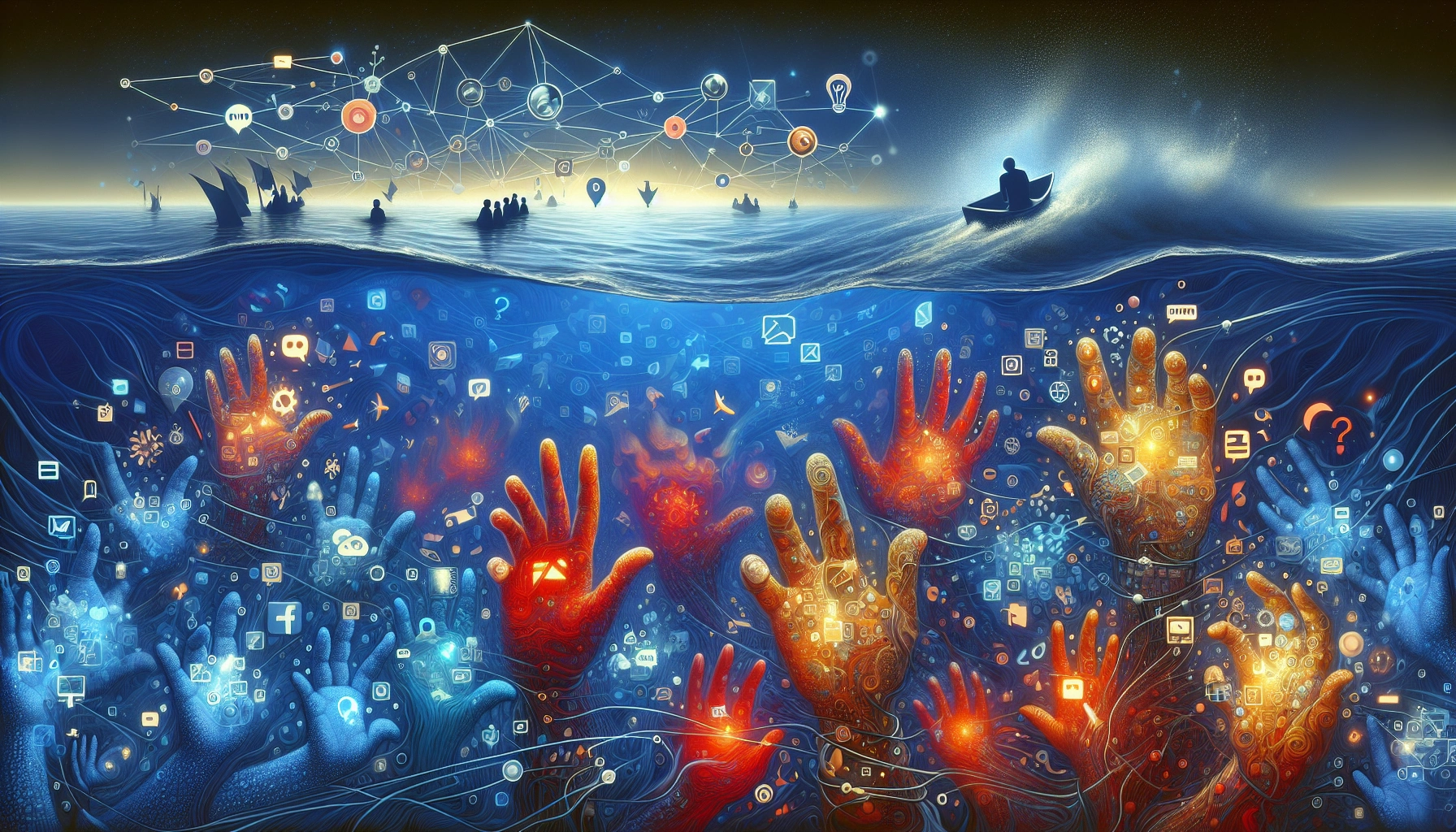
Graphic Design Communities: Untapped Resources for Finding Talent
The Shift to Community-Based Design Talent
What Is a Graphic Design Community?
Why Communities Offer Hidden Talent
Top Platforms for Finding Quality Designers
1. Contra (Commission-Free Model)
2. Working Not Working
3. Dribbble Hangouts
4. Untapped
5. LogoLounge Slack
6. Local Design Chapters
Steps to Build Strong Community Relationships
FAQs About Graphic Design Communities
How can I verify designer portfolios?
Is it easy to hire for unique skill sets through these communities?
Do local communities help with global talent searches?
What if I’m unsure about project scope or budget?
Are free platforms just as good as paid ones?
Looking Ahead in a Visual-First World
Graphic Design Communities: Untapped Resources for Finding Talent
The Shift to Community-Based Design Talent
“It’s like coworking without the awkward small talk.”
What Is a Graphic Design Community?
“Slack is like a studio. Discord is like a classroom. LinkedIn is like a conference hallway.”
Why Communities Offer Hidden Talent
“Some of the best portfolios I’ve seen live in pinned threads, not websites.”
Top Platforms for Finding Quality Designers
1. Contra (Commission-Free Model)
“No middle layers, no percentage lost to the platform — just two people working.”
2. Working Not Working
3. Dribbble Hangouts
“If someone can explain their design thinking live, it tells you more than any portfolio ever could.”
4. Untapped
5. LogoLounge Slack
6. Local Design Chapters
Steps to Build Strong Community Relationships
“Hey, I’m a freelance brand designer based in Chicago. I’ve been experimenting with bold typography and layered textures lately. Here’s a recent case study if anyone’s into visual identity systems: [your link]”
“Reacting with 👀 means ‘I’m looking.’ Reacting with 🧠 means ‘I’m thinking.’ Reacting with 🔥 means ‘I like it, but I can’t explain why.’”
“Really appreciated your feedback on that UI thread. Curious if you’ve ever dealt with similar spacing issues in Figma? I’m running into something similar.”
“You don’t have to be loud to be visible. Just be useful, and people notice.”
FAQs About Graphic Design Communities
How can I verify designer portfolios?
“If every project is a rebrand of Spotify or Nike, dig deeper.”
Is it easy to hire for unique skill sets through these communities?
Do local communities help with global talent searches?
What if I’m unsure about project scope or budget?
“A vague brief gets vague interest. A clear one gets replies.”
Are free platforms just as good as paid ones?
Looking Ahead in a Visual-First World
“A good portfolio tells you what someone made. A good community thread tells you how they think.”
“No gatekeepers, just group DMs and a lot of Figma files.”
Posted Apr 14, 2025
Graphic design communities offer untapped resources for finding talent through real-time feedback, peer reviews, and direct collaboration.

